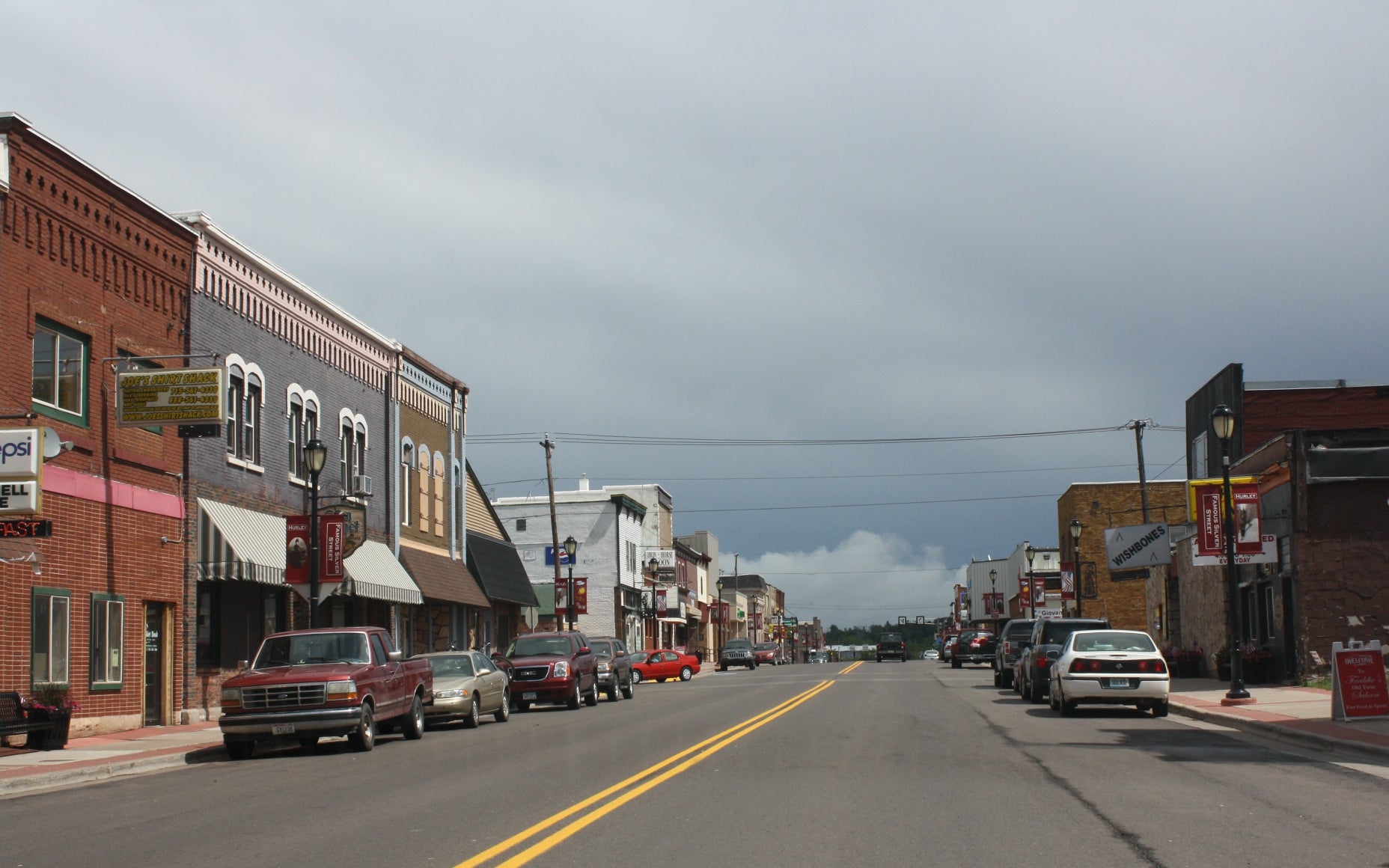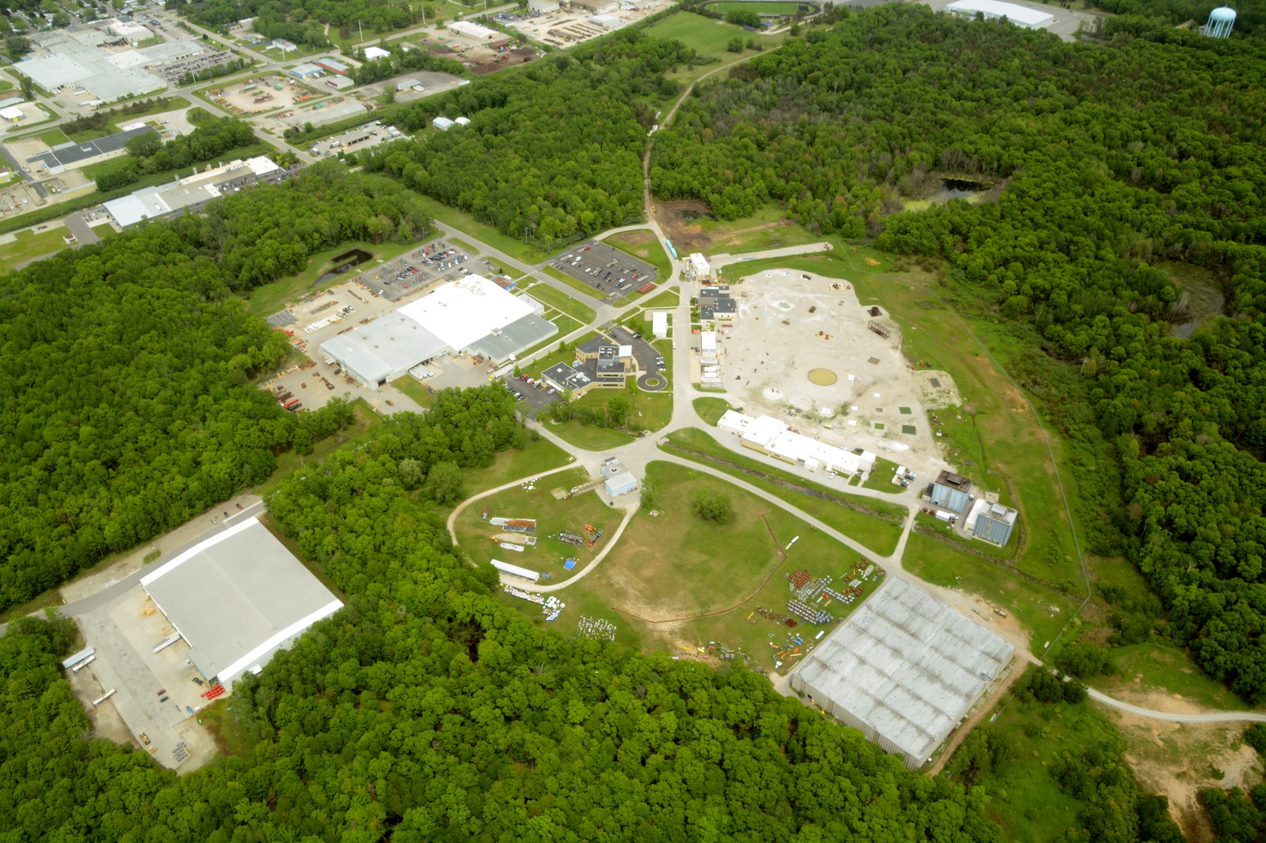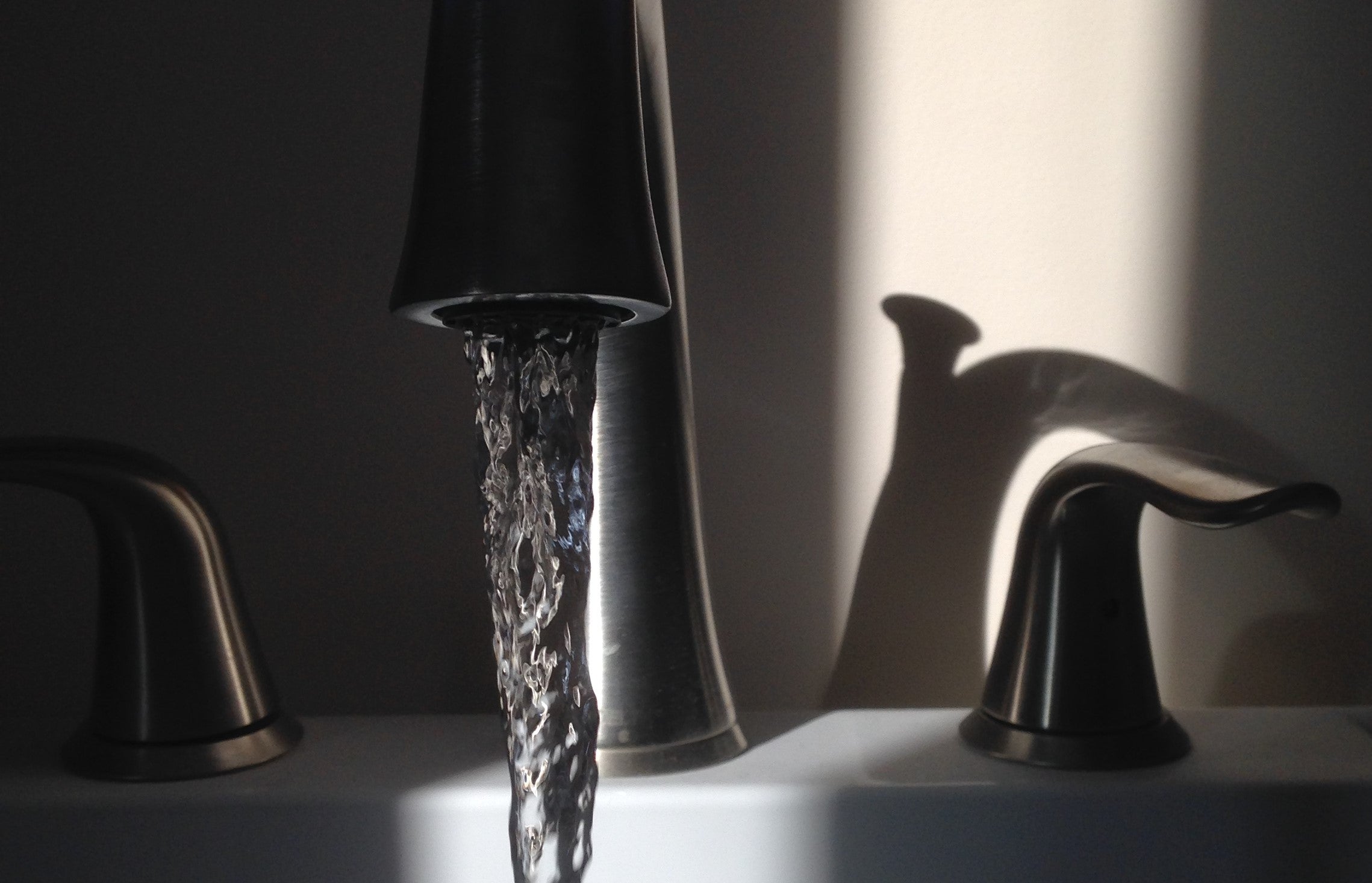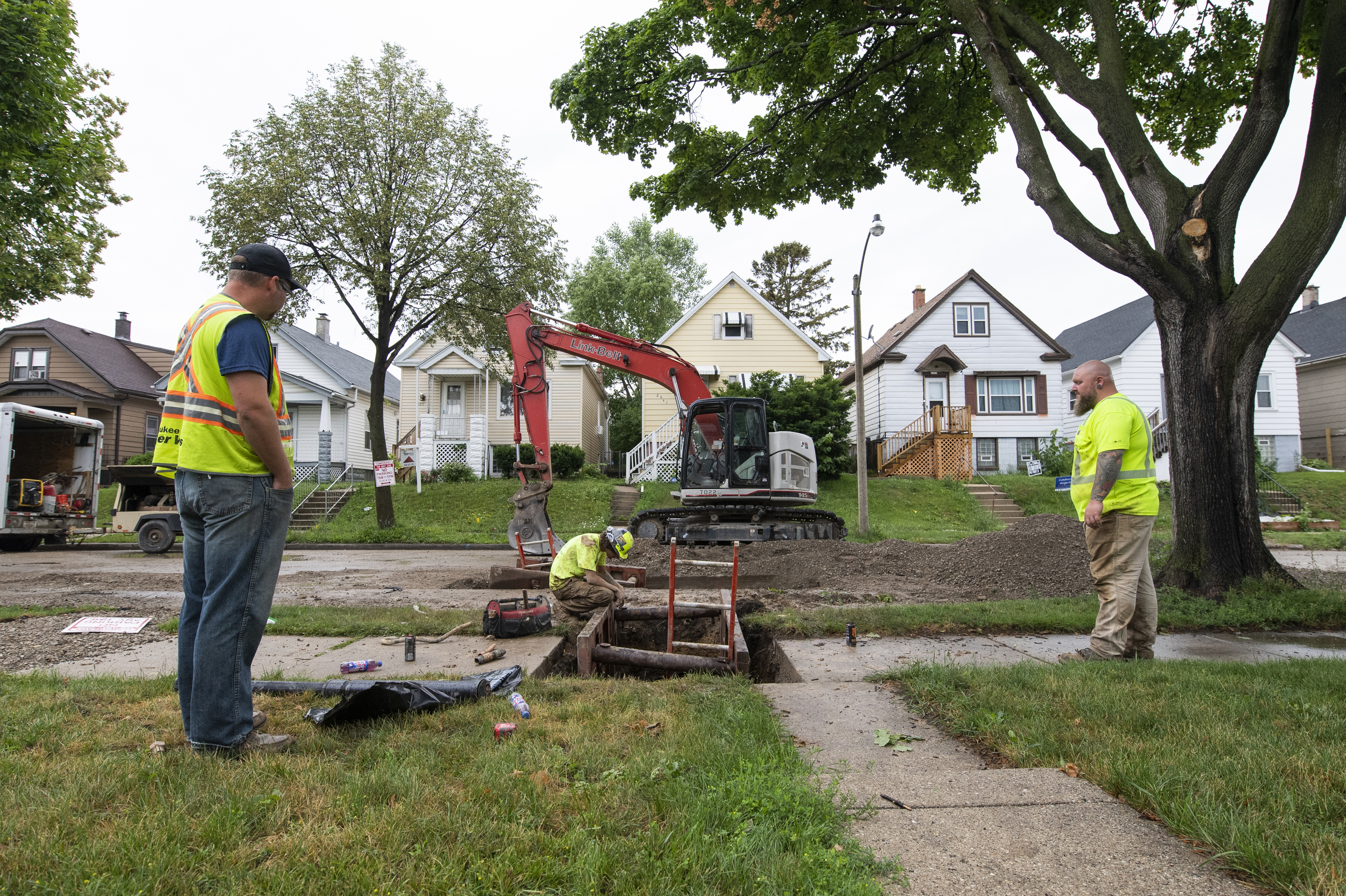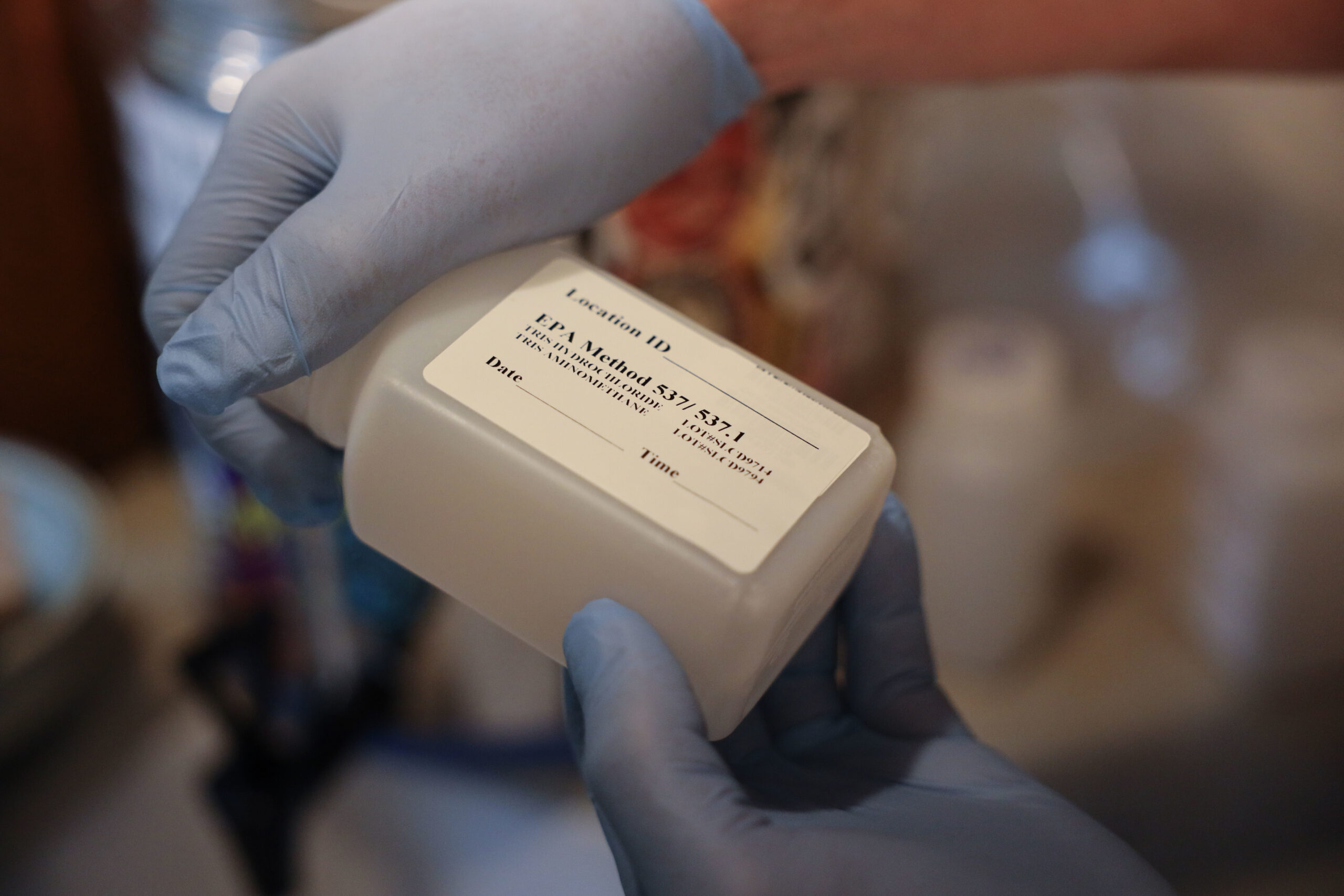A northern Wisconsin city has been found to be in violation of federal and state drinking water standards, leaving officials trying to pinpoint the cause of the problem.
Steven Elmore, public water supply section chief for the Wisconsin Department of Natural Resources, said the city of Hurley’s water samples contained unsafe levels of trihalomethanes and haloacetic acids. Elmore said chlorine that interacts with organic matter in the water supply or distribution system can produce such chemical byproducts. Over time, he said, exposure could lead to an increased risk of cancer.
“People can decide their level of risk and whether they should continue drinking the water, but it is a long-term risk,” said Elmore. “They’d have to drink the water for many years under these conditions.”
Stay informed on the latest news
Sign up for WPR’s email newsletter.
Gary Laguna, lead water and wastewater operator for Hurley Public Works, said the city is in violation of a U.S. Environmental Protection Agency byproduct rule. He said they’re evaluating their operations to find out what’s causing the problem.
Laguna suspects stagnant water is the culprit.
“We’ve had three or four major water customers due to economic conditions close their doors, which really creates more of a problem with stagnant water in our distribution system,” he said. “It’s just not being used as much as it has been in the past.”
Laguna said the city was also flushing its system more frequently during the last few winters when subzero temperatures required residents to keep water running to avoid frozen pipes. The city is now examining its storage tank operations, the amount of water in storage, flushing practices and the source of Hurley’s water supply.
Hurley is different from other communities, Laguna said, because the city buys around 100,000 gallons of water each day from neighboring cities Montreal, Wisconsin and Ironwood, Michigan. He said neither city has found higher levels of the chemical byproducts in tests of their water supplies. However, he said the blending of the two water supplies may be triggering the reaction that causes the chemical compounds.
“I’ve shut one of the municipalities off for the last two weeks,” said Laguna. “We flushed our system, emptied out and refilled our water tower and have taken some tests to see what is going to happen to our system with a single source.”
Laguna expects to have results of samples taken from both water supplies by mid-November.
The city passed prior tests for safe drinking water in February and May of this year, according to the water operator. He said water temperature, usage and frequency of flushing seem to play a role in higher levels.
The city serves around 850 residential and commercial customers. Findings from the city’s evaluation must be submitted to the Wisconsin DNR by the beginning of December.
Wisconsin Public Radio, © Copyright 2024, Board of Regents of the University of Wisconsin System and Wisconsin Educational Communications Board.

